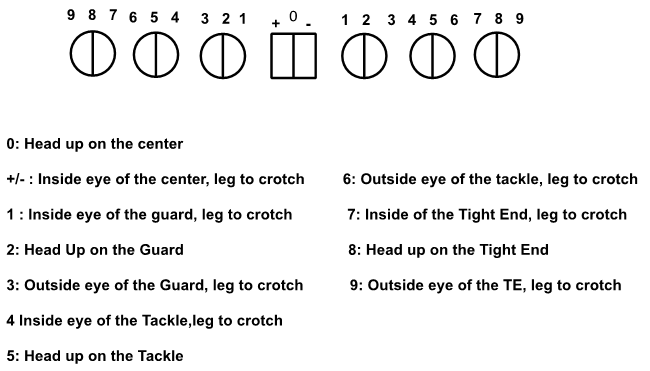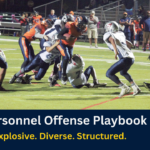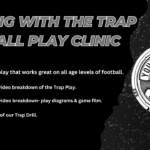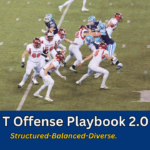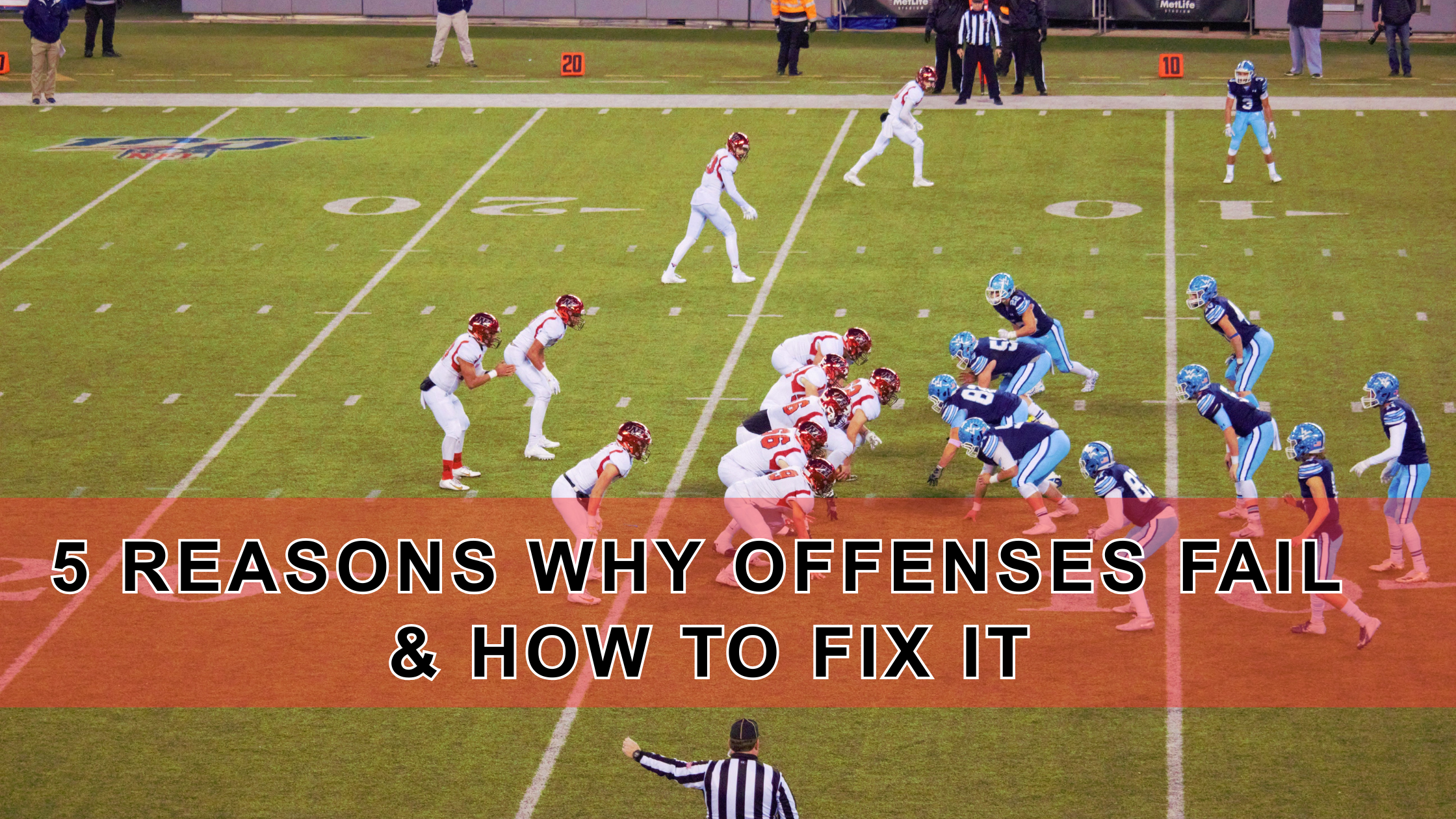Setting the Strength on Defense | Aligning to the Spread
Defense’s for the longest time have always set the front to the Tight End and with a four-man front that sent our 3 technique to the Tight End. Some coordinators swapped weak and strong defenders and even rotate secondary based on strength. However, the Spread offense has changed all that and in our area, we needed to create rules that are best against the various offense’s that we will see throughout the course of the season. We cannot simply call the strength to the Tight End or the Field – we need to be flexible, while making it easy for our players to understand and execute. In the end, it does not matter what we know, it’s what our players know and are able to execute.
Setting the Strength on Defense
I have used these rules with a 3-4 and a 4-2-5 defense with slight variations. We have created calls that can change the strength easily with a word and we usually went into a game deciding which calls, we would use based on film study. Using these rules allowed us to get an Over or Under look against various teams and offenses.
Strength/Reduction Calls
Field – The strength call is the field
Boundary – The strength call is the boundary
Open – The strength call is opposite the Tight End
Tight – The strength call is the Tight End
Strong – The strength is the passing strength of the offense (2 or more stand ups)
Weak – The strength is the non-passing strength of the offense
Box – The strength is the opposite side of the RB
Bag – The strength is to Running Back.
In the 4-2-5 this would only apply to our front – we divorced our Secondary from our front. Our secondary generally lined up based on the Field and Boundary due to our split-field coverage rules. I will discuss secondary coverage in a later article. It is important to match your coverage call with the strength call.
The strength would distinguish our Base Front, which would be a 3 Technique to the strength and 1 Technique weak. We did not switch our ends because we did not want to get caught if an offense chose to go up-tempo. It comes down to who you play and what they are trying to do. You must design your rules based on what your opponents are attempting to do.
Defensive Alignments
To keep everything as simple as possible – we have modified the Bryant/Phillips defensive numbering system. If your players can count 1 – 9, they will be fine.
Dealing with the Rover
The biggest question comes down how you want to deal with the alignment of the Rover (Strong OLB/SS), we have done it both ways – we have divorced him from the front and kept him apart of the front call. You need to look at it based on what you have and what you are trying to do. We ended having our Rover being a part of the front and secondary depending on the offense that we were facing that week. Against Wing-T teams, we wanted the Rover married to the front and against Spread teams we wanted to him to the field. We ended up with an 8-man box against Wing-T teams and always wanted our Rover to the TE/Wing side. See my article (http://425chat.com/defending-the-wing-t-out-of-the-4-2-5/) on defending the Wing-T for information on defending an offense that many do not see as much anymore.
Diagram 1
Call – Field Split (Field = 31 & Split was our coverage call)
This is the front and call we used to introduce/install the defense in the summer. With the spread offense and the hashes of the high school field, we are just fine setting our front and secondary to the field. We are essentially playing the old-school Over 4-3 but the difference in the 4-2-5 is how you play the Strong OLB or in our case the Rover. We play a hybrid OLB/SS that can play as the APEX as a traditional Sam or cover down athletic slots.
See Also: Blitzing 101 : Building a System | Blitzing in Youth Football
Diagram 2
Call – Box Split
Box = Strength will be opposite the Back
We liked this front against Zone Read Teams and this allowed for a nice gap – exchange between the Will and the weak side defensive end. To properly defend against the option football, you must change the B gap. The end must bend and take the dive and the Will is responsible for the QB. The Bandit (Boundary Safety) must play the bubble/pitch. As I said before, I have used this same exact principle in our 3-4 defense. The strength call in the 3-4 will determine where our reduction will occur from.
Diagram 3
Call: Bag Green (Green was our Cover 3 call)
Bag = Strength is At the Back
The reduction call will determine who our fourth rusher will be. The Sam was our field OLB and the Will was our boundary OLB. To streamline the system for our players, we had our Rover always matched the reduction call but I would much rather have a field and boundary safeties that can play middle of the field and roll down and not tip off our reduction.
Diagram 4
Call: Box Green (Green was our Cover 3 call)
Box = Strength is opposite the Back
Our 3-4 was not a slanting 3-4, our DL were head up on the offensive linemen and always gave the OL a threat of two way go. They would short stick either right or left based on the reduction call and read the either inside or outside gap of the OL.
Conclusion
Setting the Strength comes down to game preparation and planning. It comes down to how you want to set your defense based on what the offense is trying to do. We went into every game attempting to take away the offense’s best play. This allowed us to play the various offense’s that we saw during the season and still be fundamentally sound.
Mike Wilson
Head Coach
A.P. Schalick High School, New Jersey
Twitter: @wilson2882
Email: [email protected]

